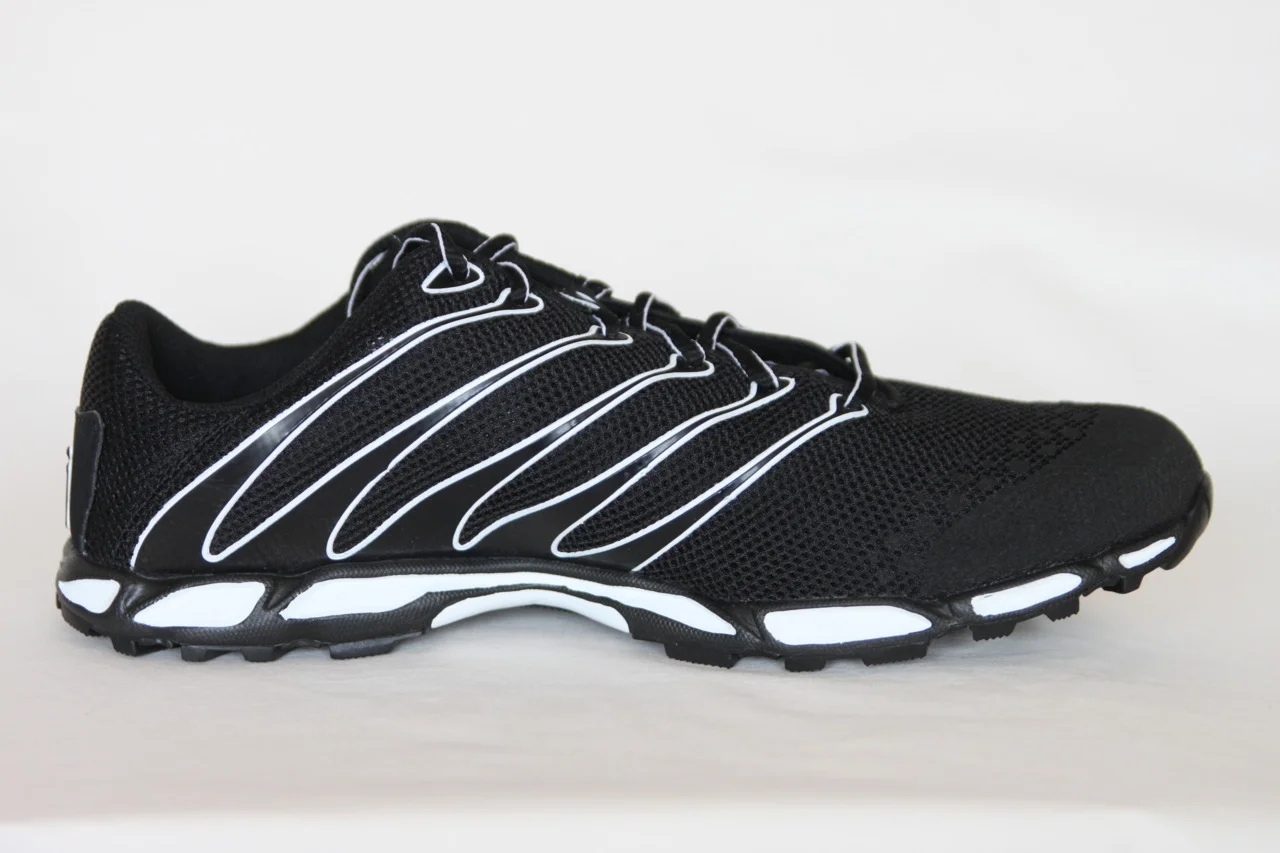From Traditional trainers to minimalism…… so, what is the “earth shoe” then ? Will the fad return ? Will we see running shoes go this far ? Afterall, we are at zero drop now ?
So, we all have seen the trend……. minimalism is here and it is not a fad, it is a trend and it is here to stay. It is here to stay because it is not a fad like this shoe above. The Earth shoe has made 2 resurgences in the last 4 decades. We are likely to see another very soon since this minimalism trend has occurred. Make no mistake though, the minimalism is not a fad, it is a trend and it will be staying.
So, what is wrong with this shoe ?
Minimalism will remain because we are finally restoring the normal rear foot : forefoot parameters to what we were born with. We were born with the rear and forefoot on the same plane, flat on the ground. This even playing field, or at least a return to it for many shoe manufacturers, allows the anatomy (both bone and soft tissues such as muscles) to again operate in the fashion it was designed. Sure the “running form” changes everyone is promoting is important. It is critical to get into good form. But unless the foot’s parts are normalized to the optimal mechanics we were born with even running form changes will not correct 100% of a person’s mechanical issues.
The minimalism is allowing the rear foot to drop down to the same level of the forefoot, the same operating plane. This necessitates length in the posterior compartment (calf and achillies mechanism) which will enable the anterior compartment (tibialis anterior and toe extensors) to see more function and thus gain more strength. This plays well into our long standing theories that stretching of the calf, albeit sometimes necessary to a point, is not the answer for tightness in the calf…..rather putting the foot in a posture to enable the anterior compartment will earn length in the posterior compartment. Here comes another mantra we use in our offices……. “Gain Anterior strength to achieve Posterior Length”. Merely stretching the posterior compartment to gain length does not afford anterior strength. So, it depends if you want a temporary bandaid or a long term fix. We opt for the fix which is why it is a rarity that you ever hear from us “Mrs. Jones, you need to stretch your calf”. Instead we teach the solution.
What else comes to mind about minimalism. Well, again take the shoe above to give an extreme example of what dropping the heel will do. It will shift your weight bearing posture posteriorly. Go ahead…..stand on the ball of your feet….. your body mass shifts forwards, your low back might arch if you do not have enough abdominals. IF you then drop the heel you will feel your body posture shift backward and you will feel more glute and more abdominal and neutral pelvis-core posturing. You will also feel a more balanced weightbearing between the forefoot and rearfoot. This is good. These are just some of the things that minimialism does. There is alot more. But those are for another time.
In the meantime. The earth shoe. It drops you into rearfoot negative. The rearfoot is lower than your forefoot. Remind you of anything ? Yup, walking in the sand. The heel sinks more if you load it first. This will create a drastic change in length-tension relationships between the calf and anterior compartment. It will load the anterior ankle (mortise joint) and can really challenge the shin muscles. Ever get shin splints or soreness the next day after a long beach walk ? There is your reason. So, the Earth Shoe. It is not natural. It puts your rearfoot and forefoot on two separate planes of operation. Or think of it this way…..it raises your forefoot onto a higher plane. Walk around on your heels with the ball of your foot off the ground. Feel your anterior muscles challenge ? You might even feel the posterior compartment stretch load a little. And we know that when you put a stretch through a loaded muscle the golgi tendon organ fires to inhibit that muscle….. yup, right when you are about to need it to push off. Pretty messed up huh ?
If you want to see some messed up mechanics buy your favorite enemy some earth shoes. Look for the knees to hyperextend backwards a little, look for a bouncy vertical gait, look for toe gripping/hammer toe development among other things. They can be a sneaky vengeful gift.
Shawn and Ivo….. rediscovering the old groovy trends and hoping everyone stops at zero-drop. Otherwise watch out for our vengence … “V” is for Vendetta !





























